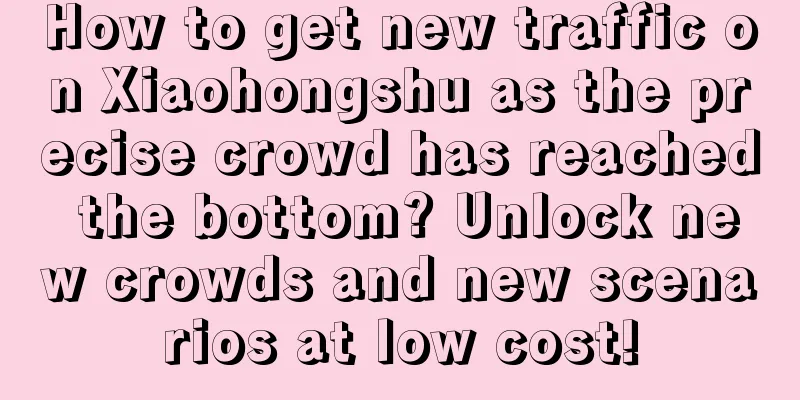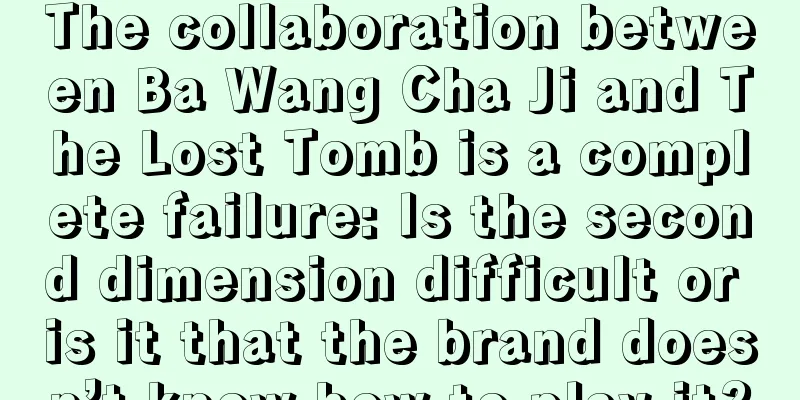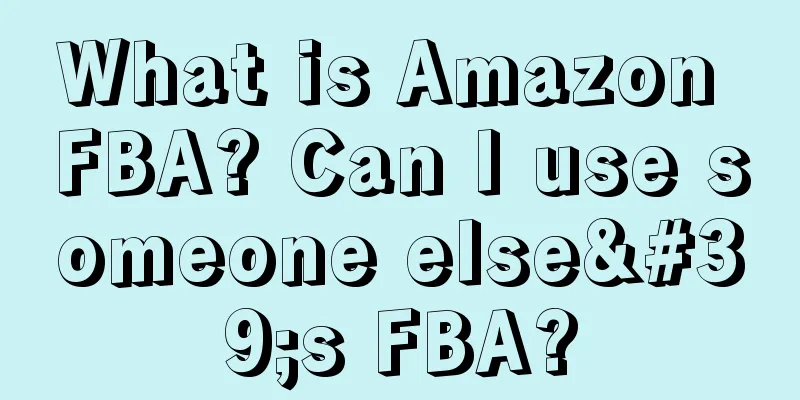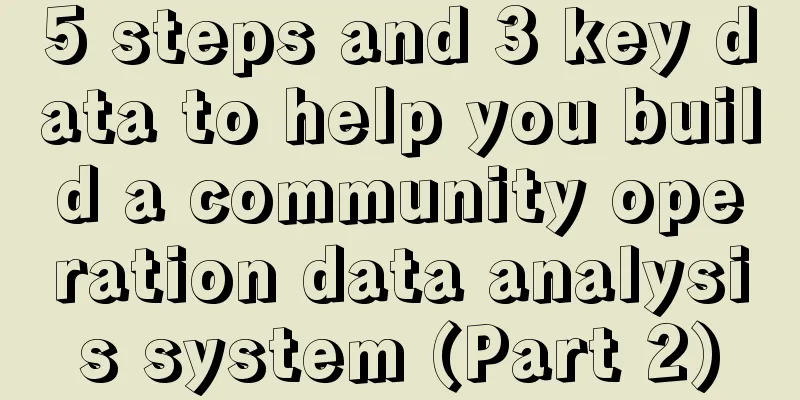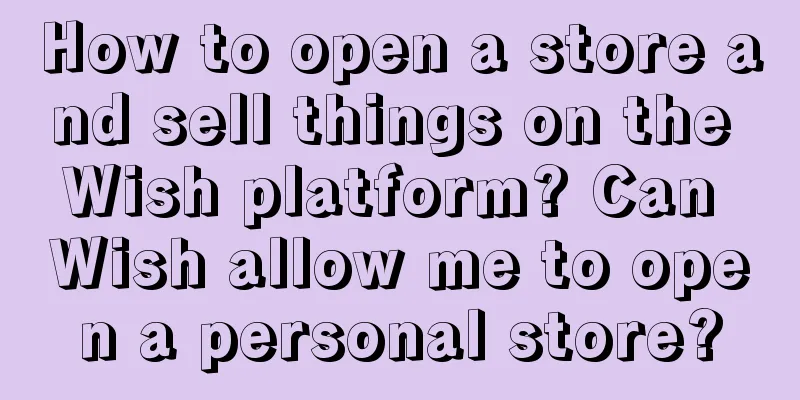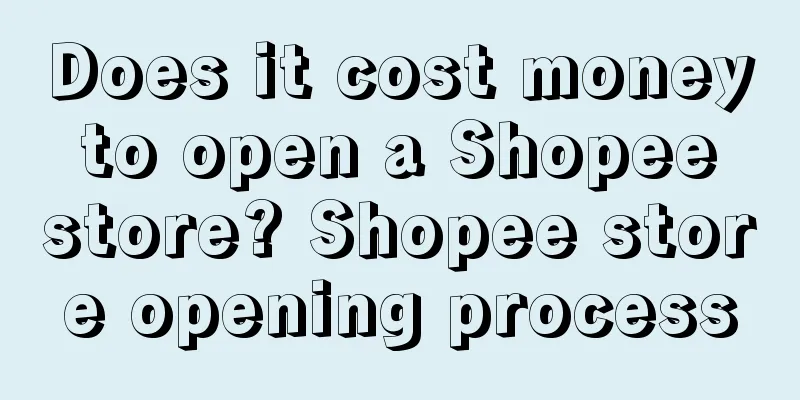When advertising on Xiaohongshu, please focus on these two indicators
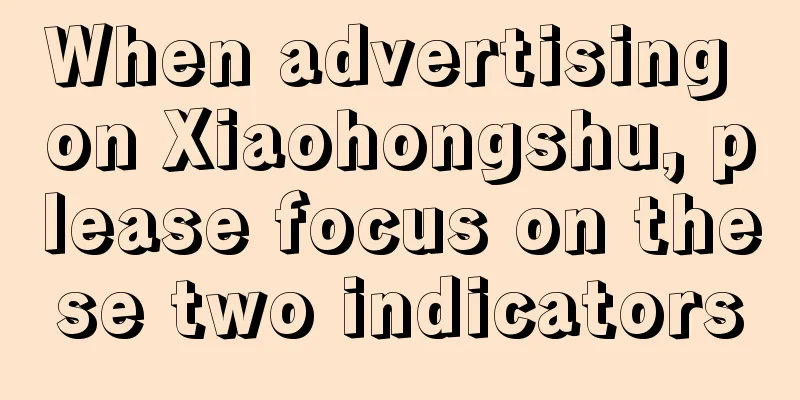
If I ask you how effective your Xiaohongshu campaign is? Which indicators would you use to answer my question? Maybe CPM, CPC or ROI? Today I want to challenge these traditional indicators. Can these indicators really reflect the actual delivery effect? ? ? 01 The illusion of CPM: exposure ≠ reach, and even less ≠ trustCPM used to be the gold standard for brands to measure cost-effectiveness, but now, Xiaohongshu users browse more than 50 notes per day on average, and the algorithm is more inclined to push content to people who may be interested. This means that even if the exposure is as high as one million, if users only swipe past, the brand still cannot establish effective awareness What’s more fatal is that CPM cannot distinguish invalid exposures, such as users accidentally touching ads, algorithms misjudging interest tags, and even 611 machine-generated ads. A beauty brand once invested 100,000 yuan in CPM advertising, with 2 million exposures, but subsequent monitoring found that only 5% of users clicked into the product page, and the UV cost was as high as 40 yuan, far higher than the industry average. 02 CPC paradox: clicks are the beginning, not the endCPC may seem accurate, but it only answers whether users are willing to click on it, but cannot explain why users leave. A note with an attractive cover but empty content may attract a lot of clicks, but a high bounce rate will cause the algorithm to judge the content as of poor quality, and then limit traffic. More importantly, CPC ignores the complexity of user behavior. For example, users may click out of curiosity, but quickly exit after finding that the content does not meet their expectations, or even have a negative impression of the brand. The cost of such invalid clicks will eventually be passed on to ROI. 03 The limitations of ROI: a fig leaf for short-termismROI seems intuitive, but over-reliance on ROI can cause brands to fall into the trap of harvesting, pursuing instant conversions while ignoring user mind cultivation. For example, a snack brand "brushed out" beautiful data on ROI through low-price promotions, but the repurchase rate was less than 10%, and the long-term user assets were almost zero. 04 Which indicators should we focus on when advertising on Xiaohongshu?1) The essence of CPE: users vote through interactionWhy CPE? The CPE calculation formula is total cost/(likes + favorites + comments), which directly reflects whether users are willing to spend time on content. A like may only take 0.1 seconds, but favorites represent the possibility of future review, and comments mean willingness to express opinions. These behaviors are progressive and constitute the user's primary trust in the brand. High CPE content is essentially a "social currency" that users actively participate in. For example, if a practical skin care tutorial triggers a large number of collections, it means that users think it has long-term reference value; and a controversial comment may become an opportunity for a brand to have an in-depth dialogue with users. Moreover, after the Xiaohongshu algorithm is upgraded in 2025, the interaction rate (likes, collections, comments/reading volume) will become the core weight indicator. If the interaction rate of a note is less than 3%, even if the initial exposure is high, it will be judged as "low-quality content" by the system and will stop being recommended. We have previously helped a maternal and infant brand test two groups of content: Group A featured hard ads for its main products, with a CPC as low as 0.5 yuan, but an interaction rate of only 1.2%; Group B focused on parenting knowledge, with a CPE of 8 yuan and an interaction rate of 6%. One month later, the organic traffic share of Group B's notes increased from 20% to 65%, and UV costs dropped by 40%. In addition, highly interactive content has a "snowball effect". A popular article not only brings immediate traffic, but also continues to appear on related search and recommendation pages, and is even forwarded to private domains by users on their own initiative. For example, a note on "Storage Guide for Small Apartments" by a home furnishing brand had an initial CPE of 12 yuan, but because of its practical content, it still brought in natural search traffic every day six months later, and the UV cost dropped to less than 1 yuan2) 2) The essence of UV cost: the “balance sheet” of user assetsUV (Unique Visitor) cost is often simplified to "total cost/number of unique visitors", but this is far from enough. The real UV cost should include two levels of screening:
We previously worked with a clothing brand and found through data that its UV cost was 15 yuan, but further analysis found that 70% of UV came from students in third-tier cities with low consumption willingness, and the actual conversion rate was less than 2%. After adjusting the delivery strategy, the UV cost rose to 20 yuan, but the conversion rate increased to 8%. Viewing UV costs as user acquisition costs rather than advertising expenses can help brands develop a long-term perspective In particular, the two indicators of UV cost and CPE are very suitable for collaborative use. CPE is responsible for screening interested groups: highly interactive users are more likely to become potential consumers; UV is responsible for verifying user value: reversely optimize CPE strategy through post-link data such as add-to-cart rate and consultation rate 05 Xiaohongshu’s practical guide: How to reconstruct the delivery strategy with CPE and UV cost1) Content stratification: CPE determines content priority
2) Budget allocation: UV cost anchors user value
Xiaohongshu's traffic game has long since moved from exposure to value. CPE and UV costs are important because they tear apart the surface of the data and point directly to the essence of commercialization: whether users are willing to spend time and money on you. Brands that are still paralyzed by CPM and CPC will eventually be swallowed up by the flood of algorithms. |
<<: WeChat has opened two new traffic entrances for small shops
>>: Help! How to write the recommendations section of a data analysis report?
Recommend
Annual review: Eight key words for the consumer market in 2024
As 2024 is coming to an end, the consumer market h...
Is the cross-border e-commerce Shopee real? What are its advantages?
Nowadays, most of the merchants who open online st...
Does eBay allow individual sellers to join? Does it allow individuals to open stores?
Many self-employed merchants also want to do cross...
How can a novice do cross-border e-commerce without a source of goods? What are the tips?
As an emerging business model, cross-border e-comm...
2024, brand is the best growth tool
What exactly is a brand? What is its use? This art...
From attracting new users to retaining users, the entire user life cycle analysis process
In today's highly competitive market environme...
Taobao TV live streaming: live streaming sales usher in a new era
In the digital age, every technological innovation...
How to combine private domain business with ChatGPT
ChatGPT has not been launched for a long time, but...
Does Lazada require a deposit? How much is the deposit?
Merchants who open online stores and operate store...
Some thoughts for April 2023!
Introduction: This article is the author’s persona...
Crisis management ≠ crisis public relations, enterprises should build a three-dimensional and comprehensive crisis management system
This article specifically analyzes the difference ...
How about Amazon Global Payments? What are the advantages?
Amazon's cross-border e-commerce platform has ...
How to reduce ACOs on Amazon advertising? What are the tips?
Amazon now has many ways to promote itself. When y...
What is the difference between Amazon boutique shopping and premium shopping? What are the techniques for boutique shopping?
On Amazon, some merchants use the traditional dist...
Shopee Taiwan adjusts credit card installment payment service fees
Shopee Taiwan announced that starting from January...
